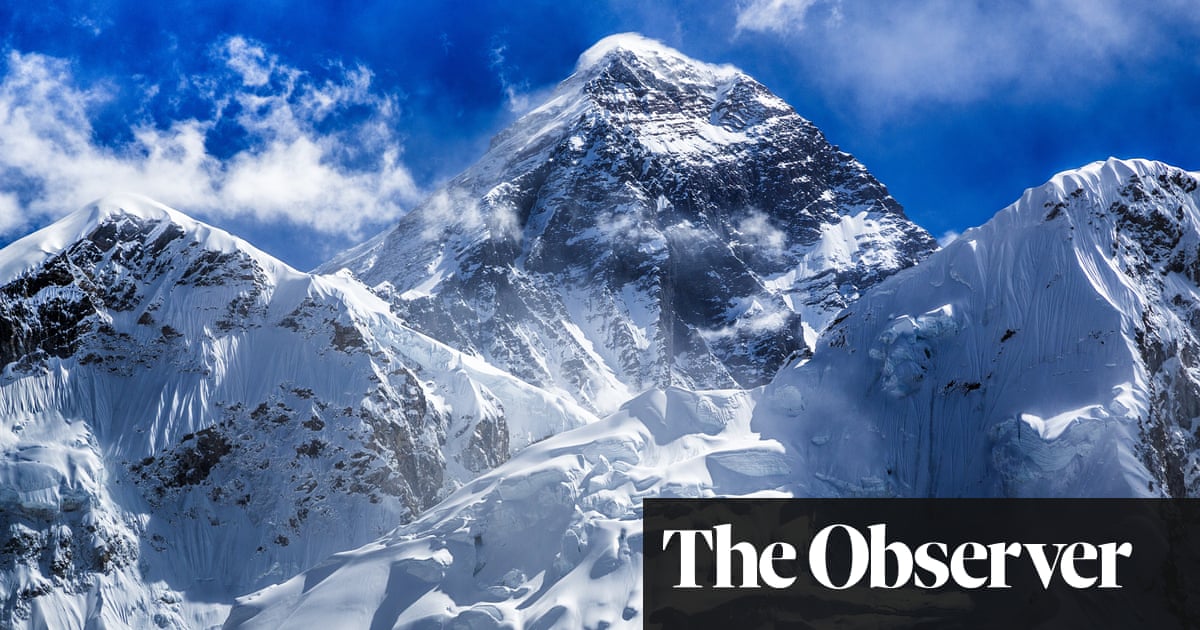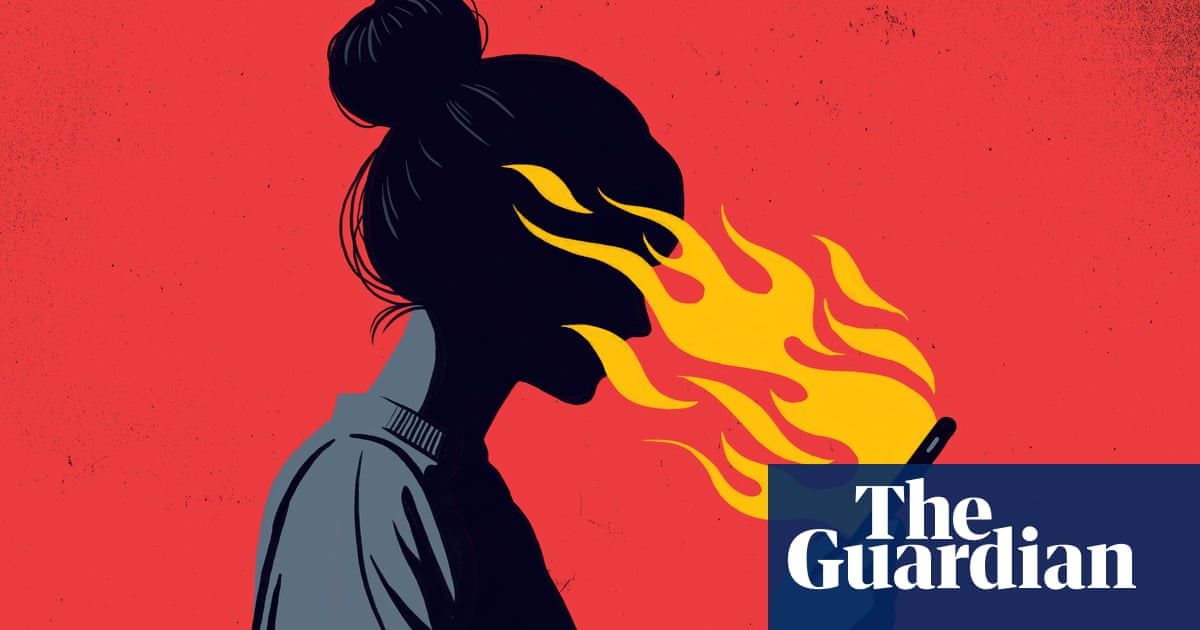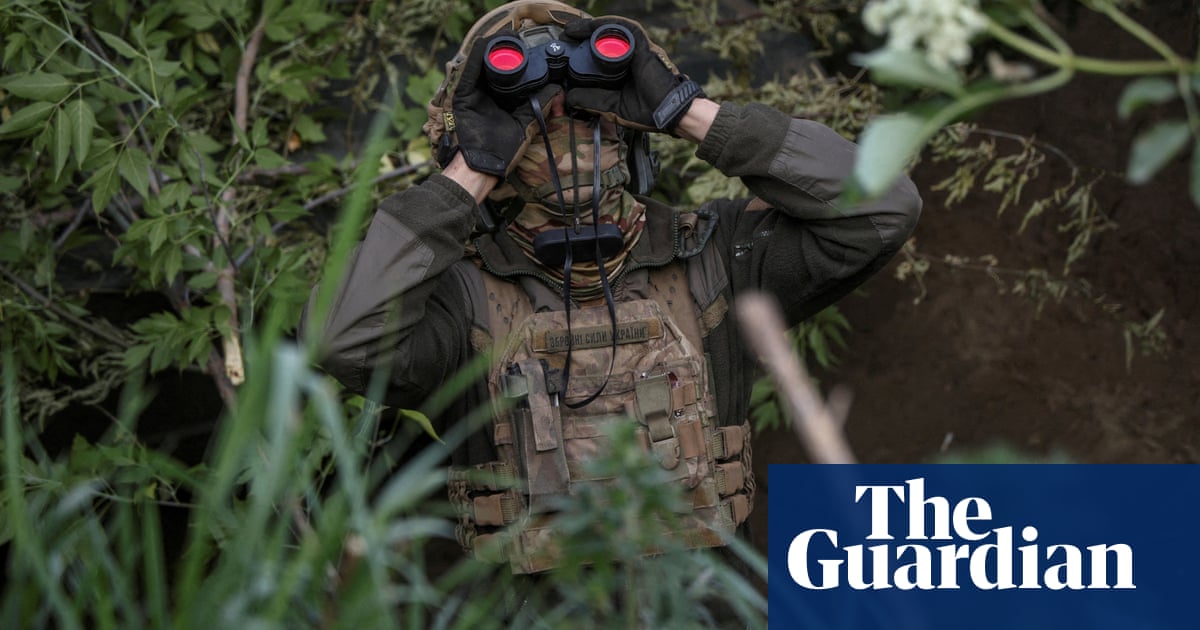âIt will be a great adventure,â George Mallory wrote to his mother before leaving for the summit of Everest a century ago this week.
His disappearance, along with his climbing partner Andrew Irvine, has become one of the most alluring mysteries in the history of exploration. A final, tantalising glimpse of the pair through mist not far from the summit has inspired successive generations of historians, authors and film-makers with competing theories on a single question: did they reach the top?
Now there is a new mystery to solve about the fate of Mallory and Irvine: what has happened to their bodies?
Malloryâs was discovered in 1999 by American climber Conrad Anker who left it where it lay; researchers had also zeroed in on the location of Irvineâs resting place. But Jamie McGuinness, who has reached the summit five times from the Tibetan side, said that following an extensive search of the area during an expedition in 2019, he has concluded the bodies of both British climbers were removed at some point in the 2000s.
âIrvineâs body is almost certainly no longer up there,â said McGuinness. âWe gave it a good search with drones, and we spotted several other bodies, so we know we werenât missing anything of the right size.â
Mark Synnott, an American mountain guide and author of The Third Pole, was also part of the expedition and climbed to the location several Everest researchers agree was the most likely position for Irvineâs remains. He found nothing. Synnott said the team also examined the precise spot where Anker found Malloryâs remains 25 years ago but couldnât locate Mallory either.
âWe had GPS co-ordinates for where the body was,â Synnott said. âWe flew the drone to that spot. We took photos. I looked at the pictures really carefully with Thom [Pollard], who had been there [in 1999].â Pollard was the last of the American team to leave the body and told Synnott that one of Malloryâs legs was still clearly visible. âI feel if Malloryâs body was still there, we would have seen it. It doesnât make any sense. Why remove the body?â
All those with detailed knowledge of the story agree that if anyone removed the bodies of Mallory and Irvine, it was Chinaâs mountaineering authorities. Negative publicity around corpses abandoned high on the mountain might have been one reason. Yet while Irvineâs remains were close to the modern climbing route, Malloryâs were some distance below and hard to locate. It is more likely connected to longstanding sensitivities in China about the sceptical western reaction to Chinaâs ascent of the mountain more than 60 years ago. Whatâs more, China literally knew where the bodies were buried.
Sightings of Mallory and Irvine date back much further than 1999. In 1936, British pioneer Frank Smythe was looking at the upper part of the mountain through a high-powered telescope when he spotted what he firmly believed was a body that could only have been Mallory or Irvine. Its location was below where an abandoned ice axe had been discovered by another British expedition three years earlier. Smythe never publicly revealed his discovery. âItâs not to be written about,â he wrote to Malloryâs friend and fellow Everest climber Edward Norton, âas the press would make an unpleasant sensationâ.
after newsletter promotion
Seven years after Edmund Hillary and Tenzing Norgay became the first people to reach the summit, a Chinese expedition ascended Everest via the more treacherous North Ridge that Mallory and Irvine had been trying to climb, a huge propaganda boost for Chinaâs then-leader, Mao Zedong.
A climber called Xu Jing descended alone after becoming unwell. Hypoxic and freezing, he wandered off route and discovered a body in a sheltered rock crevice between 8,300 and 8,400 metres. The body was face up with arms by its sides. It could only have been Irvineâs. When Malloryâs body was found in 1999 it was on an open slope at 8,156 metres face down with his arms stretched above him, as though trying to stop a fall.
In 1975 Chinese climbers found not one but two, and possibly three, dead Britons when they reached the summit. The first hint of these discoveries came in 1979, during a friendship expedition between China and Japan. Wang Hongbao told a Japanese teammate that the remains of one English climber had been found below the North Col, most likely those of maverick adventurer Maurice Wilson. The other body was much higher, at around 8,100 metres. He was amazed by the climberâs clothing, which, when he touched it, crumbled away. The day after this conversation, Wang was killed in an avalanche.
These revelations accelerated the growing obsession with Mallory and Irvineâs fate, but despite corroborating evidence Chinese mountaineering authorities have consistently denied them.
The discovery of Malloryâs body and the trove of artefacts that came with it made headlines around the world in 1999 and gave the mystery a global profile. Jake Norton was one of the team that found him. âUntil 1999 I donât think the Chinese had given it much thought,â he told the Observer. âIâm not sure anyone really thought you could find much of anything up there.â
Norton returned to the mountain in 2001, and while they drew a blank looking for Irvine, the team found many more artefacts from the pre-war Everest expeditions. âMy feeling is that Irvine was still there in 2001,â Norton says. âI just donât think the Chinese were worried enough to do anything about it in the early 2000s.â
China started paying closer attention to Everest in the years leading up to the 2008 Beijing Olympics. Chinese climbers, mostly ethnic Tibetans, would carry the Olympic torch to the summit and China wanted to prevent demonstrations on the mountain calling for Tibetan independence. China has occupied Tibet since 1950, and in 1960, when China first climbed the mountain, Mao took a personal interest in ensuring that half the mountain was designated as Chinese.
McGuinness says that while at base camp in 2012 he asked a China Tibet Mountaineering Association (CTMA) official whether Irvineâs body had been removed for the Olympics. âHe replied: âIt was thrown off the mountain a lot earlier than that.âââ
Synnott says he and other researchers have since heard the same story from other sources. Removing the bodies would of course remove any evidence, however unlikely, that Mallory and Irvine had beaten Chinaâs climbers to the top.
Norton has heard conspiracy theories that the CTMA brought Irvineâs body to Lhasa and put them on ice but he doesnât take them seriously. He says he doesnât regret the discovery of Malloryâs body. âWe had these intense debates where we discussed putting the items back in his pockets and just walking away. How would we feel if the positions were reversed? Ultimately, we would want our families to know what became of us.â



